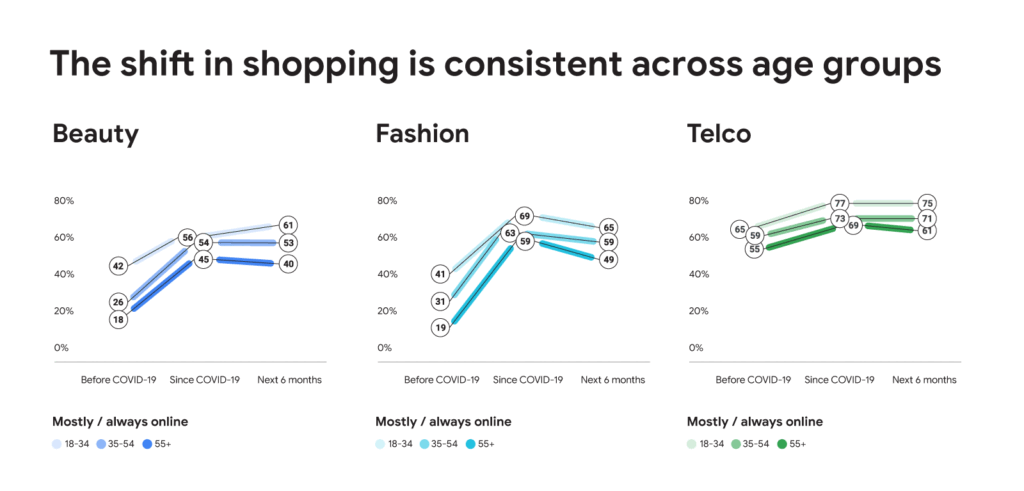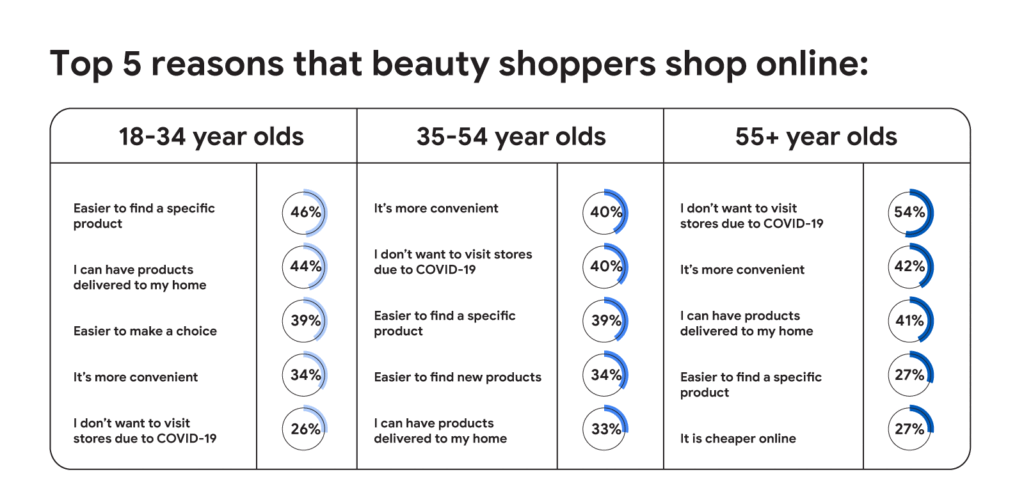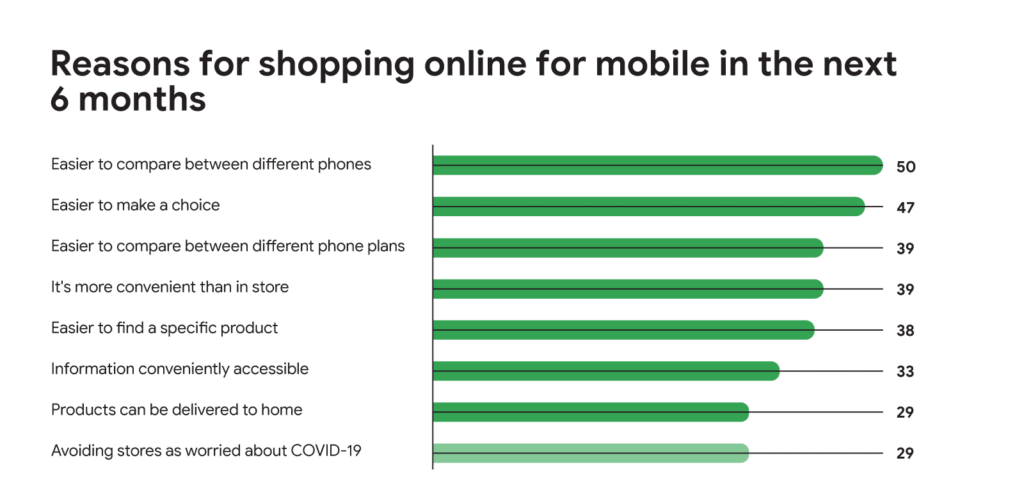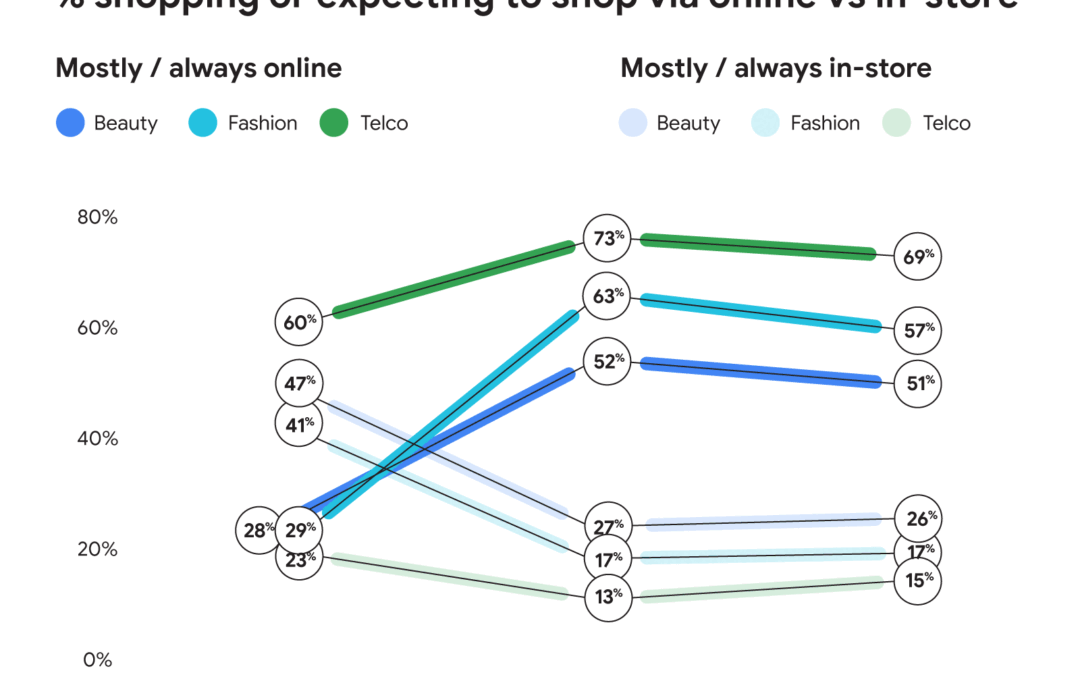Data reveals permanent changes in U.K. consumer behaviour
If you’ve pivoted to new ways of shopping during the pandemic, you’re not alone. From a surge in app use to taking window shopping online, how we discover and buy products and services is shifting.
The big question for marketers and retailers is: which of these consumer behaviours will stick?
While search data has given us some early clues on what the future of retail could look like, new Google research is providing more details on long-term changing shopping behaviour at both a consumer and sector-by-sector level.
How consumer behaviour is changing
Google partnered with Trinity McQueen to test the attitudes and behaviours of 5,000 people across the U.K. The results point to both opportunities for online retail and the value in-store experiences can add for an effective omnichannel strategy.
Below are five key findings from our research, plus associated actions to help retailers in meeting the changing needs of consumers — whether online or on the high street.
Online consumer behaviour is here to stay
Online consumer behaviour is increasingly important, with customers discovering products whether they are actively shopping or not. Our research signals that this seismic shift to online is here to stay. In the fashion, beauty, and telecommunications categories, the percentage of consumers saying they will shop or expect to shop online versus in-store in the next six months remains significantly higher than pre-pandemic levels.
In the fashion sector alone, we see a jump of 28%. While many people will choose to return to in-store shopping to look at, touch, and try on products, new habits have formed around online shopping that have irrevocably changed the way consumers buy.1
Action for marketers
For retailers who have previously relied on older demographics for footfall and in-store purchases, a reevaluation may be necessary in terms of how the physical store can complement, rather than compete with, online. For example, providing a destination to ‘experience’ and be entertained.
Shopping attitudes have shifted across demographics
Use compelling and flexible creative formats such as smart shopping campaigns to cut through online, embracing automation at every opportunity so you can plan and act based on real-time consumer insights.
Our research also shows a consistent shift in views across age groups. While the younger end of the spectrum are still the most likely to shop online, the biggest increase in those switching to online retail over in-store is seen for consumers aged 35 and above.

Action for marketers
Use compelling and flexible creative formats such as smart shopping campaigns to cut through online, embracing automation at every opportunity so you can plan and act based on real-time consumer insights.
Shopping attitudes have shifted across demographics
Our research also shows a consistent shift in views across age groups. While the younger end of the spectrum are still the most likely to shop online, the biggest increase in those switching to online retail over in-store is seen for consumers aged 35 and above.

Changing trends in consumer behaviour indicate that all age groups will continue to value the convenience and ease of decision-making that online shopping offers, even after the pandemic.
This is even more pronounced in a mature online category such as telecommunications, where concerns about COVID-19 are an insignificant driver compared to the numerous perceived benefits of shopping for a mobile online.3

To retain existing and valuable customers, identifying and meeting rising online expectations (such as ensuring a flawless mobile experience) is key. Stay competitive by focusing your investment on reaching specific, high-value shoppers — for example, building audiences based on intent, or using a messaging app to communicate directly with consumers.
And a lot more into the bargain!

